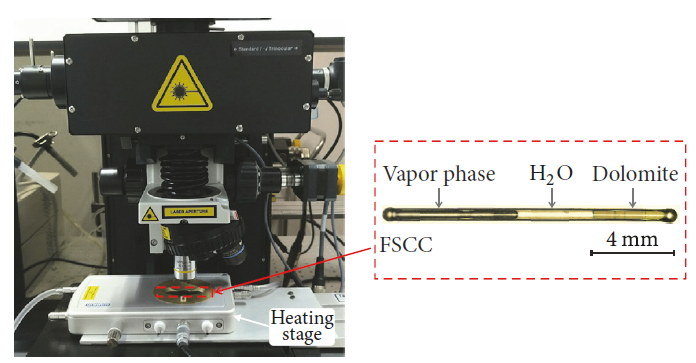The urgent need to reduce carbon emissions has made Carbon Capture Utilisation and Storage (CCUS) a potential technology for mitigating the effects of global warming. CO₂-enhanced oil recovery (CO₂-EOR) is one of the main application methods for CCUS, and understanding the solubility of CO₂ in crude oil is crucial for conducting CO₂-EOR and CO₂ geological storage.
The solubility of CO₂ in n-decane and n-decane + n-hexane system at temperatures between 303.15 K and 353.15 K and pressures up to 15 MPa was measured using a fused silica capillary cell (FSCC) with in situ Raman spectroscopy. The accuracy of temperature control is critical for obtaining reliable solubility measurement, and Linkam's CAP500 stage was used to control the temperature of the FSCC where the solubility measurements were taken. A semi-empirical CO₂ solubility prediction model was obtained, and the results showed that the addition of co-solvent n-hexane had an enhancement effect on the dissolution of CO₂ under high-pressure conditions. This study provides important data for CO₂-enhanced oil recovery (CO₂-EOR) and demonstrates the utility of in situ Raman spectroscopy and a FSCC in studying the solubility of CO₂ in various systems.



